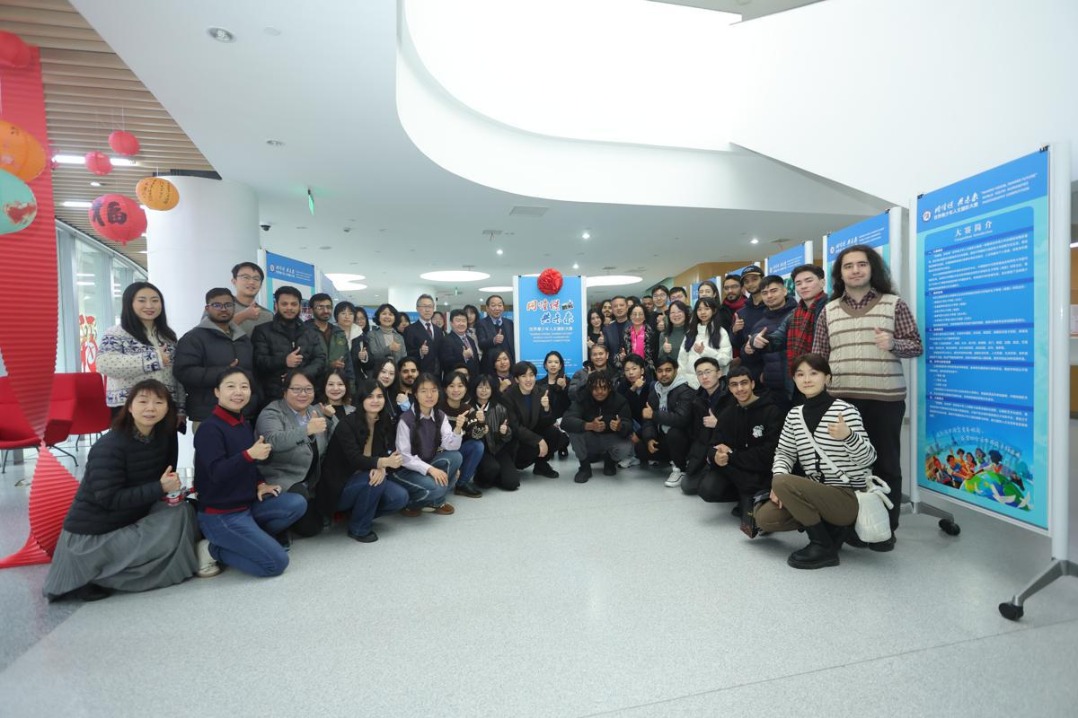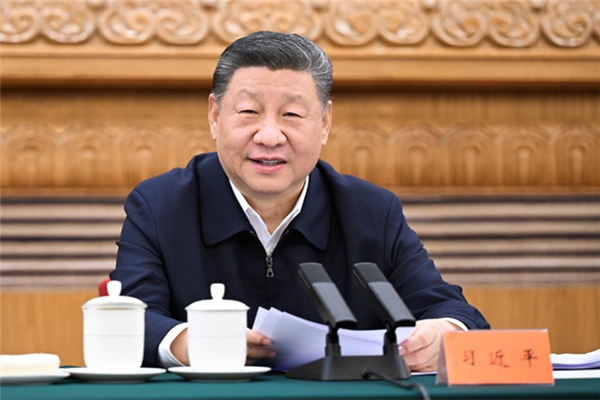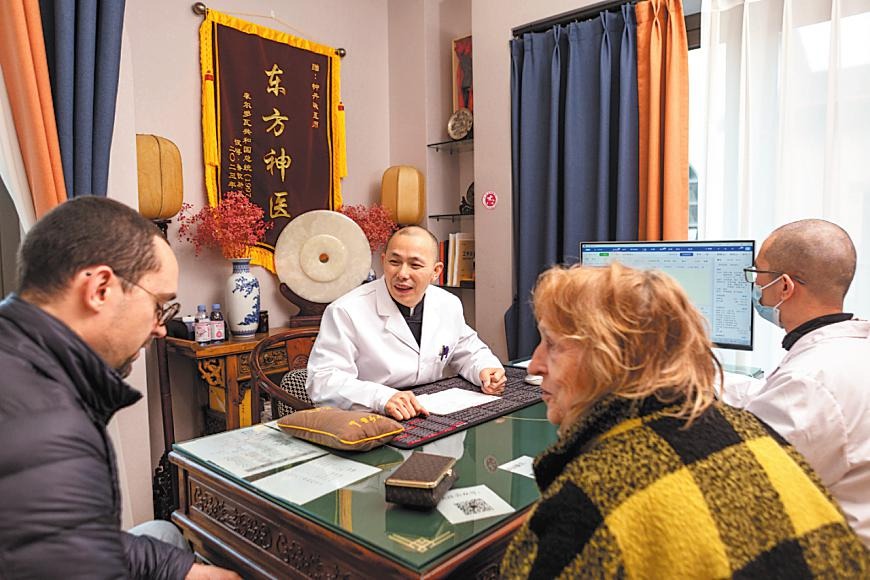Chinese scientists develop nickelate high-temperature superconductors at ambient pressure

SHENZHEN -- A joint research team from Southern University of Science and Technology (SUSTech) and other Chinese institutions has developed a new type of high-temperature superconductors at ambient pressure, achieving a breakthrough in superconductivity research.
According to a research paper published on Tuesday in the journal Nature, a team consisting of members from SUSTech, the Quantum Science Center of the Guangdong-Hong Kong-Macao Greater Bay Area, and Tsinghua University reported nickelate superconductivity under ambient pressure, with an onset transition temperature that exceeds 40 K, which is about minus 233 degrees Celsius, alongside the existence of definitive evidence of zero electrical resistance and the expulsion of magnetic fields.
This discovery establishes nickelate materials as the third class of high-temperature superconductors, following cuprates and iron-based systems, capable of operating in ambient conditions. This study also sheds light on the enigma of high-temperature superconductivity mechanisms.
Initial studies in 2019 revealed superconductivity in infinite-layer nickelate films -- though at temperatures much lower than 40 K. A study in 2023, led by Chinese scientists, achieved superconductivity in bilayer nickelates under pressures exceeding 100,000 atmospheres.
Notably, realizing high-temperature superconductivity under ambient conditions has become a major goal for researchers worldwide.
- Chinese scientists develop nickelate high-temperature superconductors at ambient pressure
- Xinhua think tank report emphasizes China's commitment to promoting world peace
- China's legendary heroine Mulan reborn as digital ambassador of ancient city
- China finds solution to civilization coexistence: think tank report
- Study reveals global urban vegetation dynamics from 1990 to 2021
- AI enriches basic education in China





































